November 13, 2017
Jane’s grandfather’s families on her mother’s side were from Jackson County, Alabama so we headed to the county seat in Scottsboro and the Heritage Center Museum specifically to see if we couldn’t get a feel for the area. We knew some community names but had no idea how to find where those communities were or had been located and we hoped to find some clues at the Heritage Center.
We were welcomed and given materials to review, including two loose leaf notebooks, a family history written by Jane’s great uncle (she didn’t have her copy with her in the coach so was very grateful the Center had one), a book of cemeteries that included who was buried in each supplemented by US Census information, and newspapers. The loose leaf notebooks appear to be an indirectly-related family, but Jane hasn’t given up on finding a link. The book of cemeteries was a gold mine of information and the Center provided a county map showing the locations of the cemeteries.
Here is Jane’s great grandmother’s obituary from 1895. She was 35.
We were given a guided tour of the Center which includes three areas: The Brown-Proctor House, the “Little Court House”, and Sagetown.
The Brown-Proctor House was built in 1881 by John A. Brown and purchased in 1907 by John Franklin Proctor, a politician and the attorney for the Scottsboro Boys at their trial in 1931.
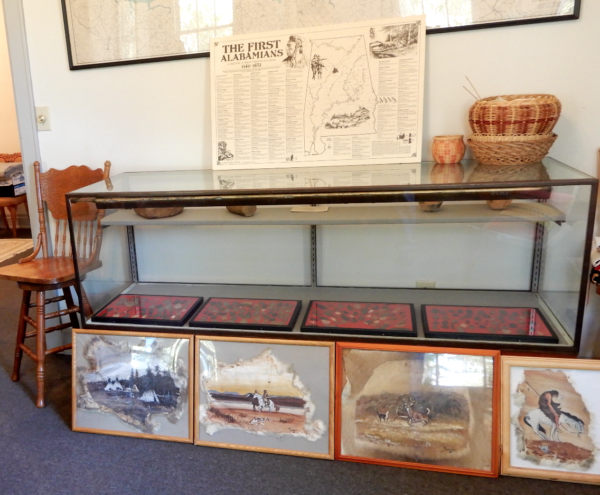 Exhibits upstairs include Native American artifacts.
Exhibits upstairs include Native American artifacts.
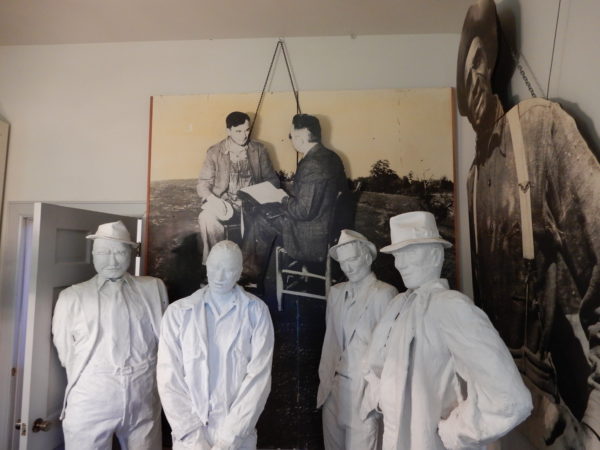 The Center has been given an exhibit on the people affected by Tennessee Valley Authority projects.
The Center has been given an exhibit on the people affected by Tennessee Valley Authority projects.
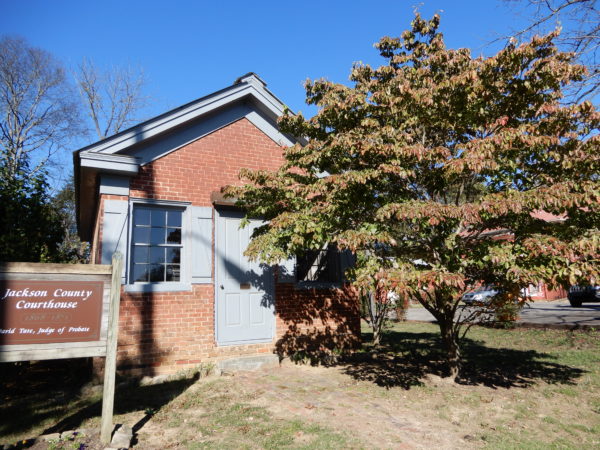 Court was not held in this building, constructed in 1838, but it has housed and still houses Jackson County records.
Court was not held in this building, constructed in 1838, but it has housed and still houses Jackson County records.
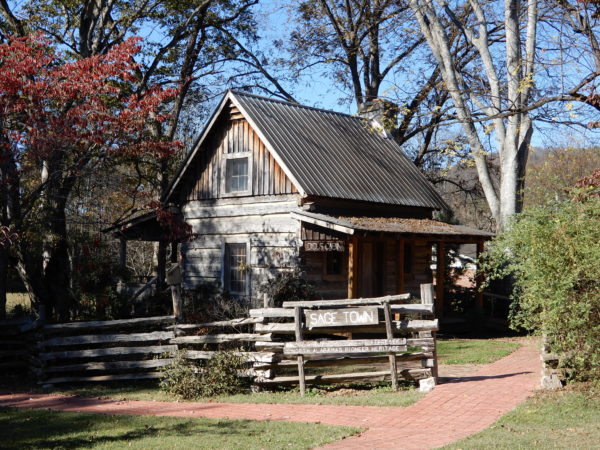 Sagetown is a collection of buildings built between 1820 and 1880 and relocated to the Center.
Sagetown is a collection of buildings built between 1820 and 1880 and relocated to the Center. 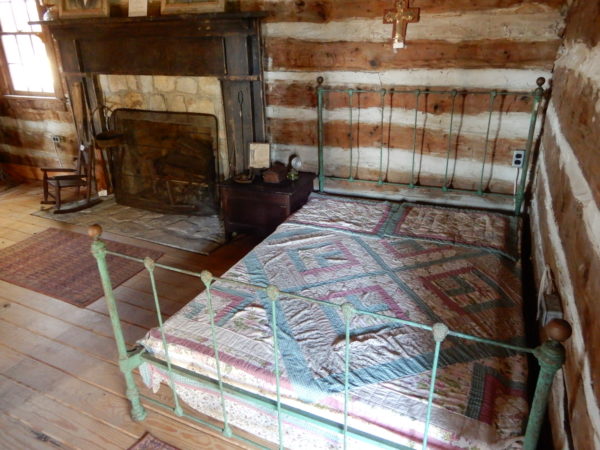
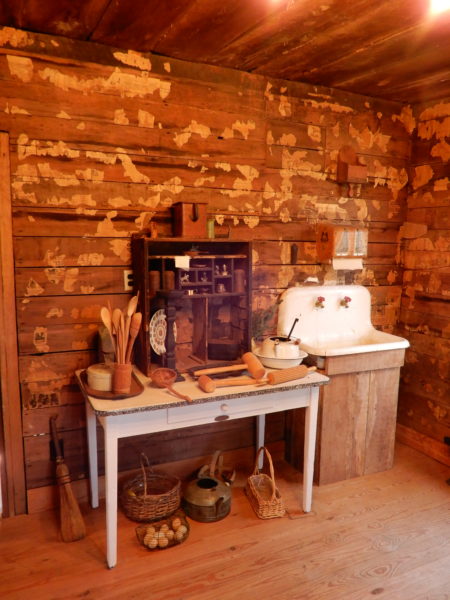 The walls of this kitchen were covered with newspaper for its insulation value.
The walls of this kitchen were covered with newspaper for its insulation value.
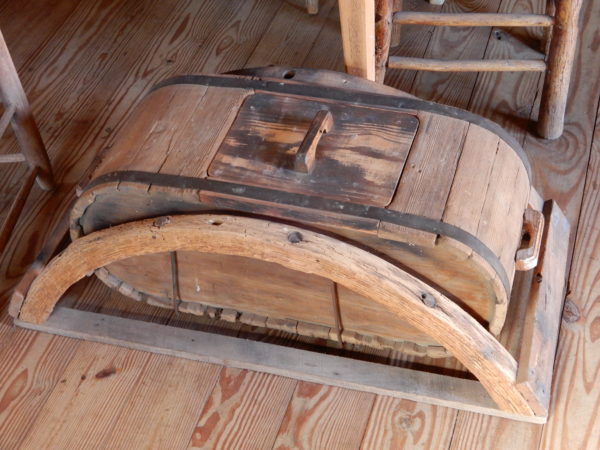 A rocker-style butter churn
A rocker-style butter churn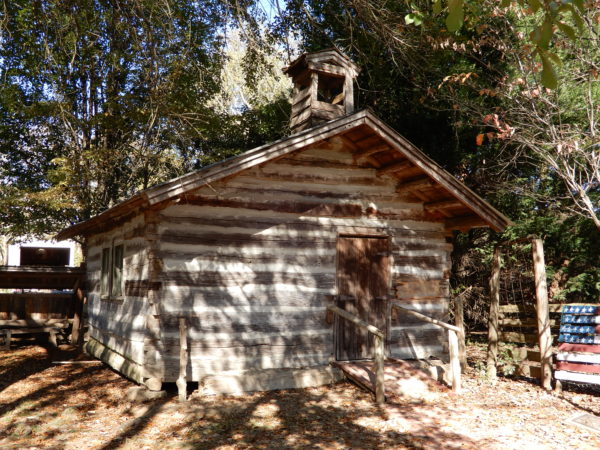 School house
School house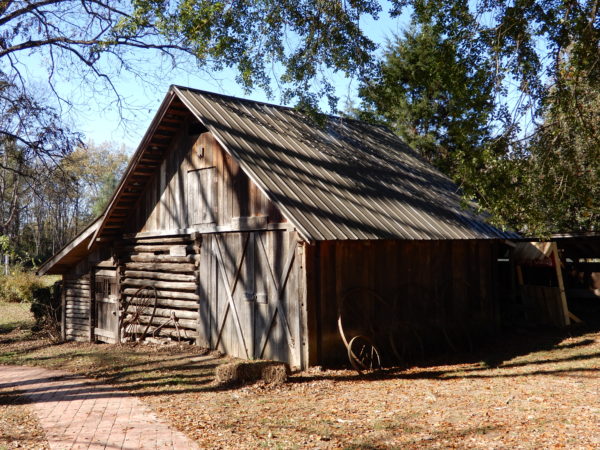 Barn
Barn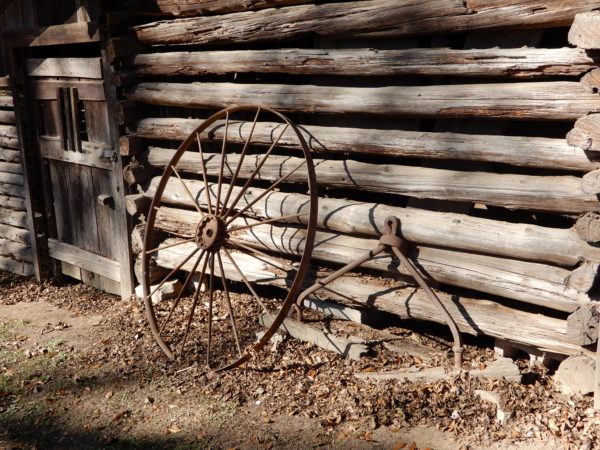
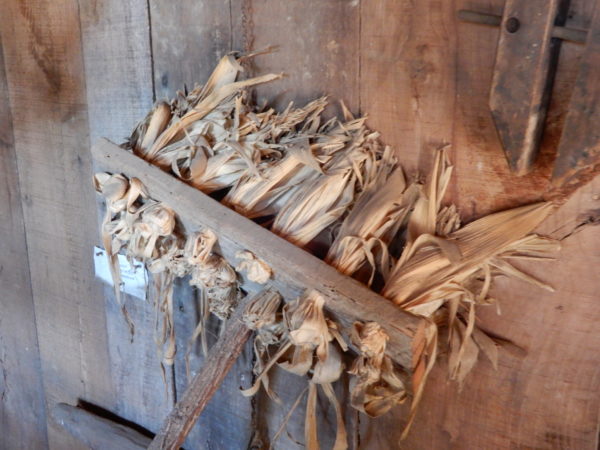 This corn husk broom reminded us of the palm fiber brooms we’d seen in Cedar Key, Florida.
This corn husk broom reminded us of the palm fiber brooms we’d seen in Cedar Key, Florida.
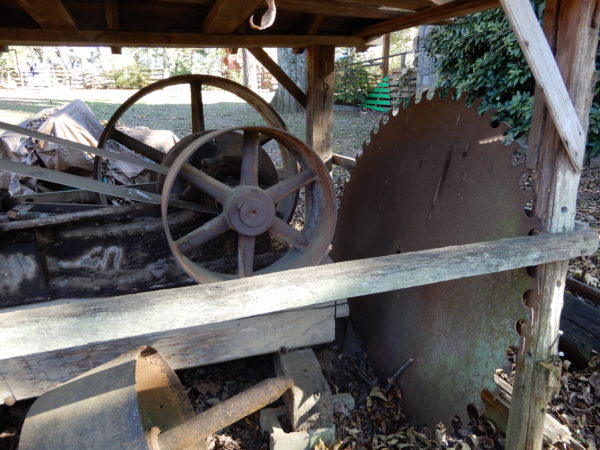 Steam-powered saw
Steam-powered saw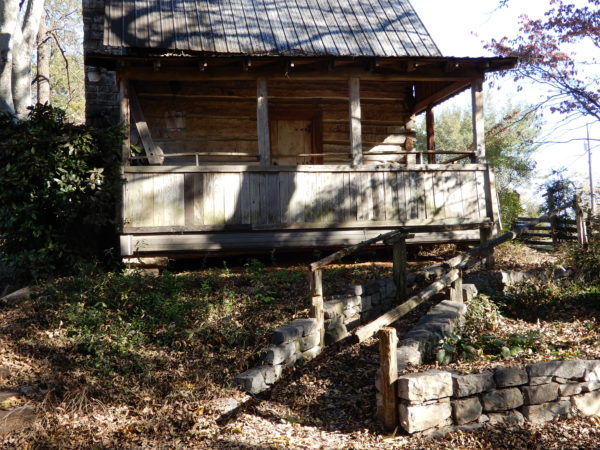
We drove the 20 miles from Scottsboro to Pain Rock Valley and located one of three cemeteries where Jane’s ancestors are buried. We missed it on our first drive because it’s located in a pasture. 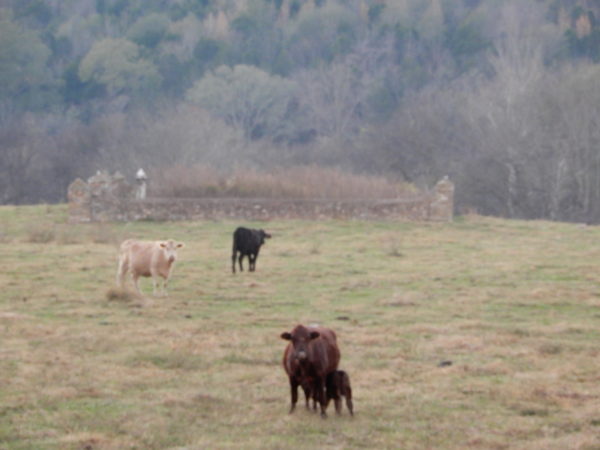
The pasture was posted “No Trespassing” so we didn’t venture to the cemetery itself. Jane found a plat of the property on-line and the cemetery is marked.
On another trip to that part of the country, we might contact the current owner of the property (she doesn’t live there) for permission to visit. She’s the widow of Jane’s second cousin once removed.
Below is a photo of the barn on the property. It might have been there when Jane’s great grandfather lived there.
The family history book told the story of how Jane’s great, great grandfather John Bouldin (born 1828, died 1904; father of Amanda Bouldin Robertson whose obituary is included earlier in this post) donated the equivalent of 150 days labor in the construction of Freedom Baptist Church. Here is the contemporary Freedom Baptist Church.
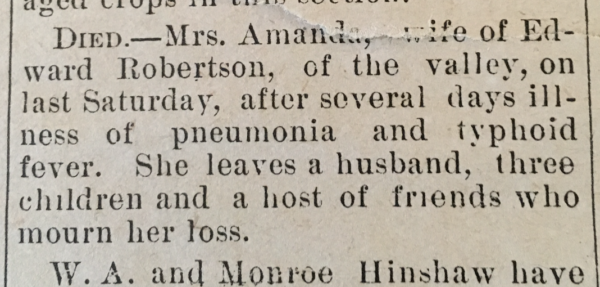
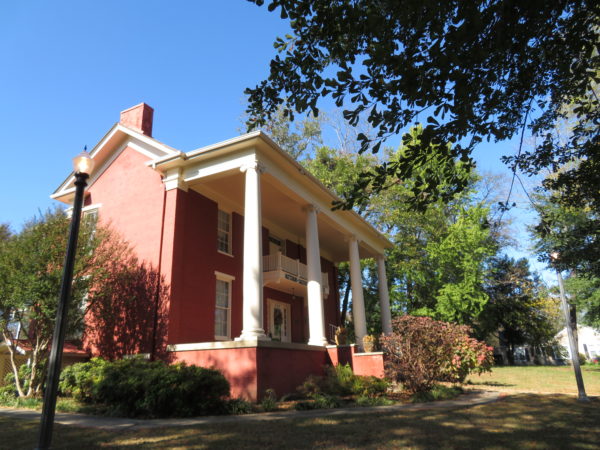
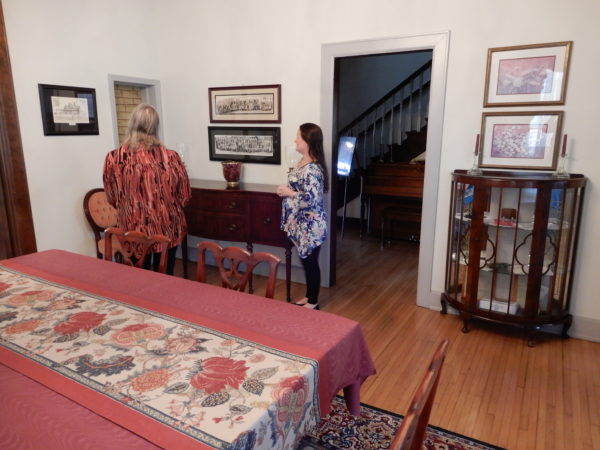
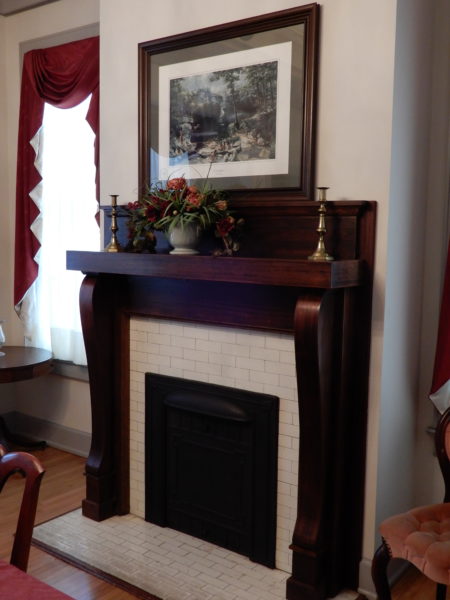
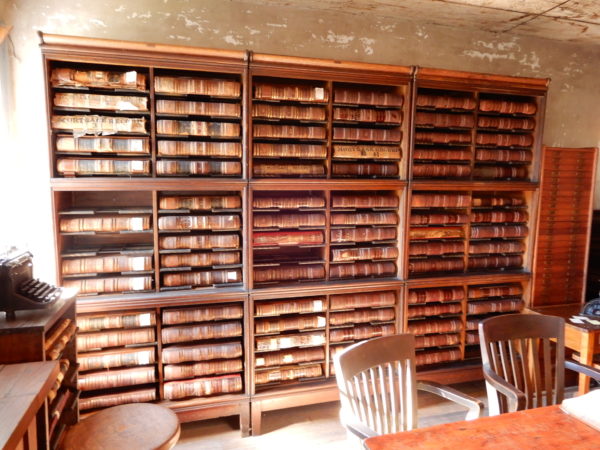
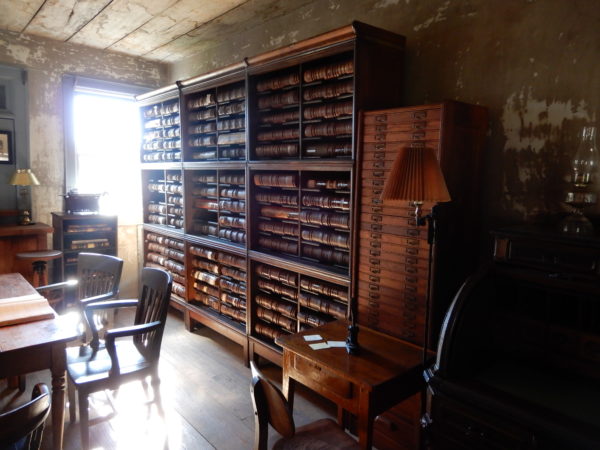
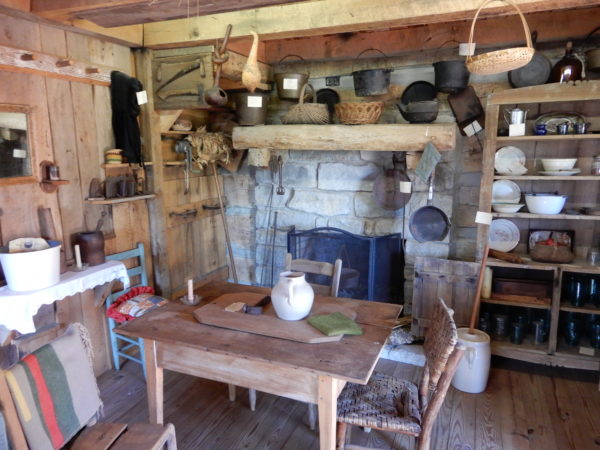
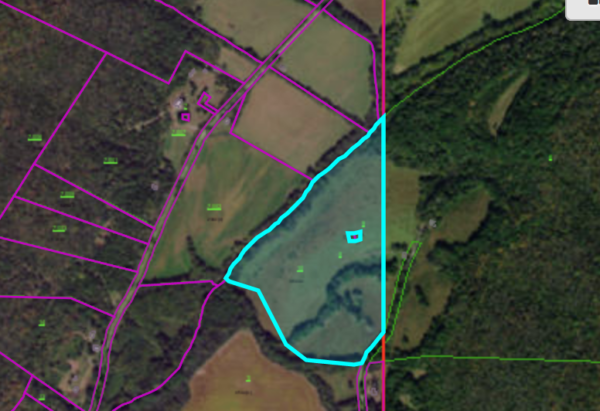
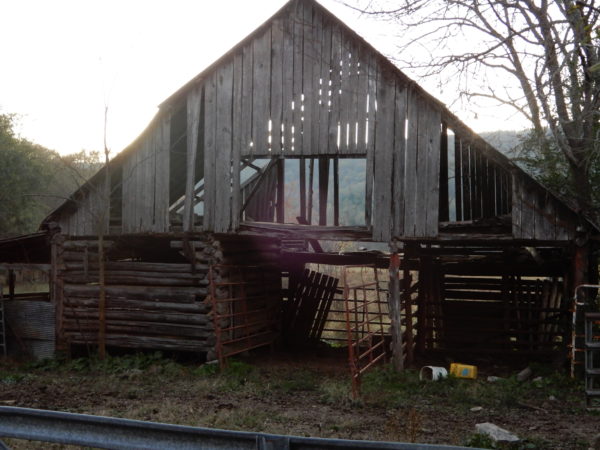
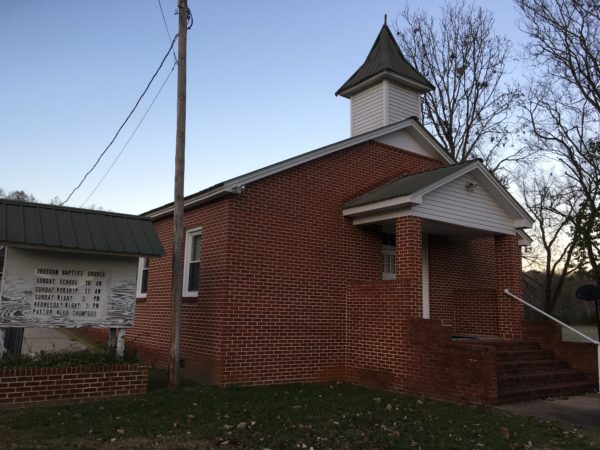
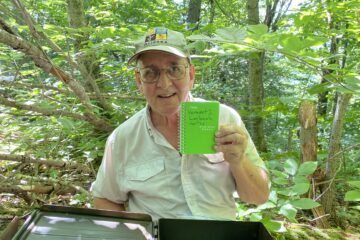

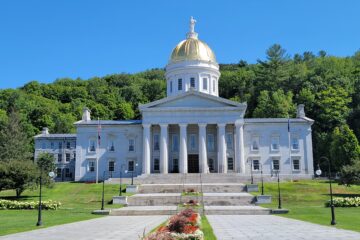
0 Comments